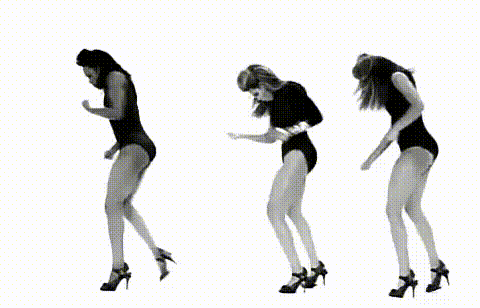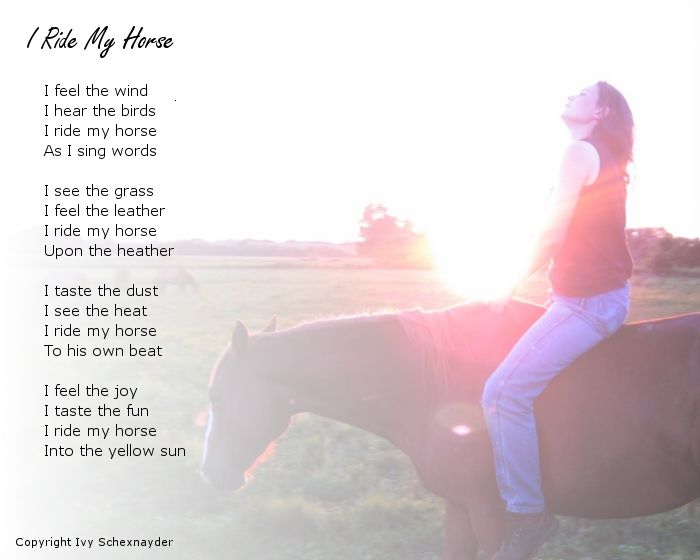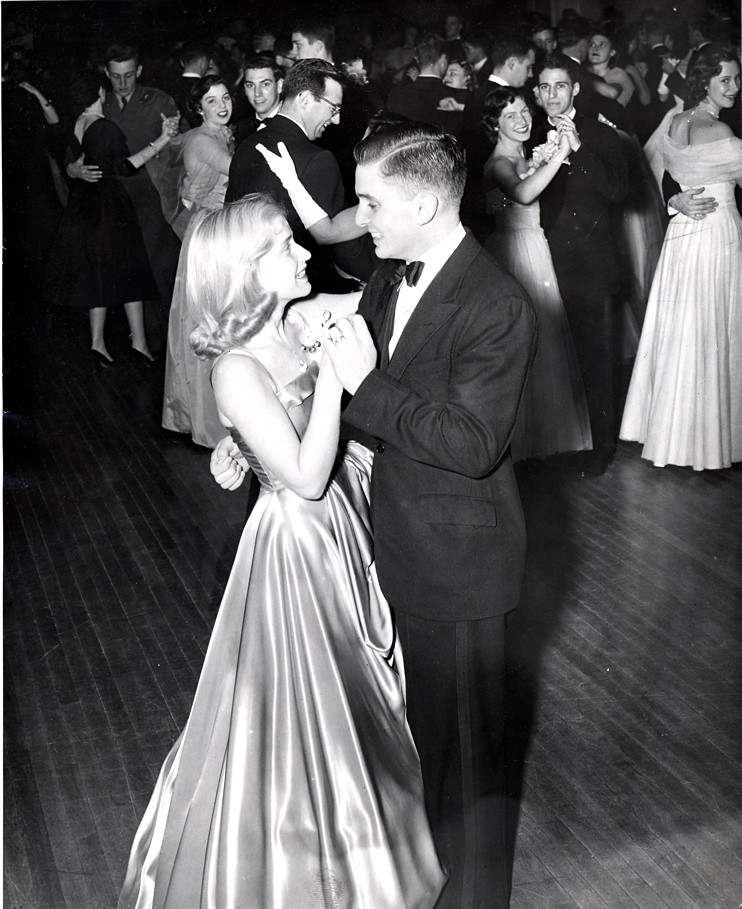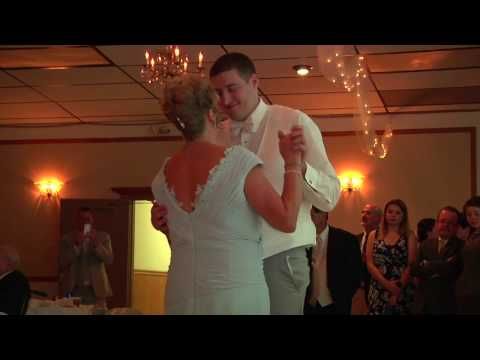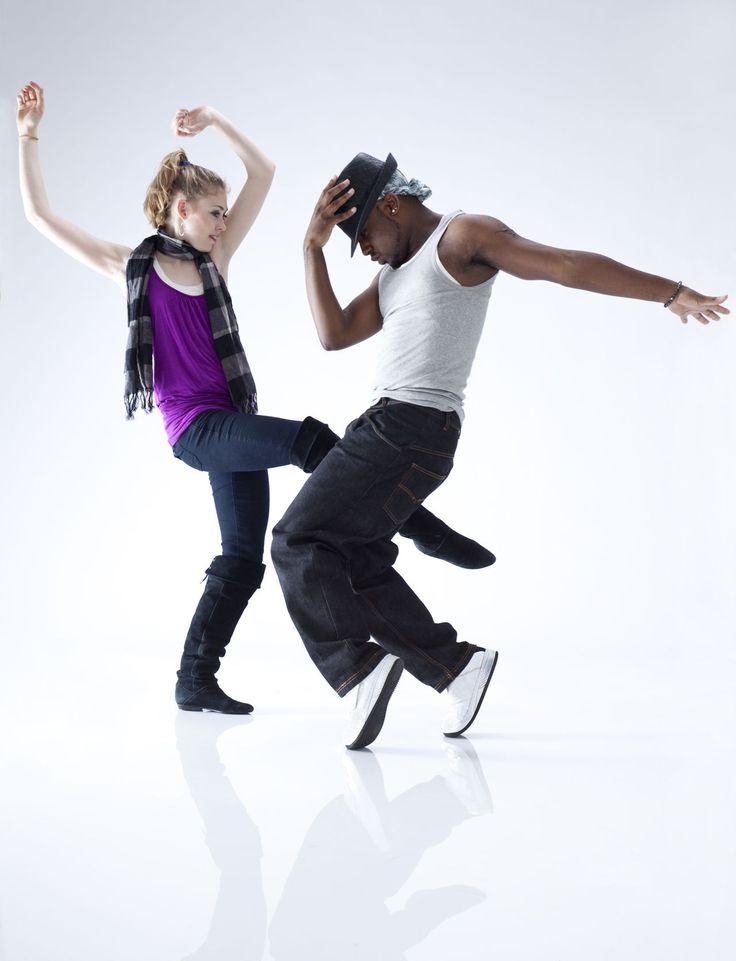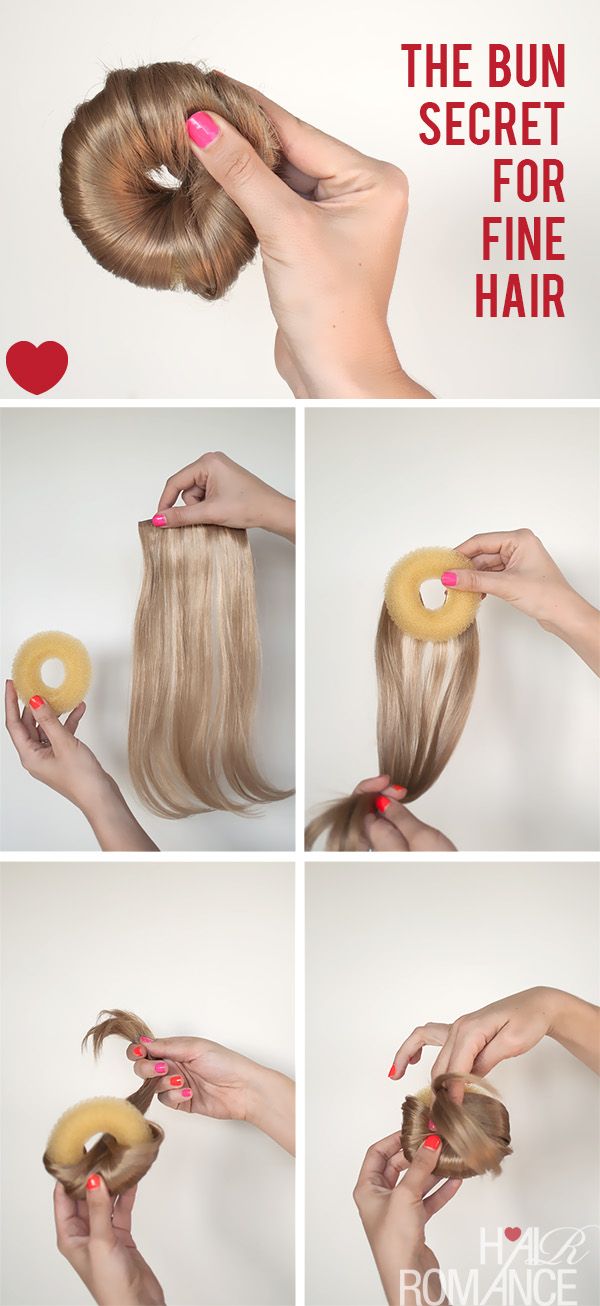How to make your own dance shoes
DIY Dance Shoes- Ballroom, Lindy, Swing
Vintage Dancer | Vintage Dancing | DIY Dance Shoes- Ballroom, Lindy, Swing
Dance Fashion History· Mens Fashions History· Vintage Inspired
Question: I can’t find dance shoes in my size. How can I make my regular shoes into dance shoes?DIY Dance shoes. Turn any shoe into a vintage dance shoes with these three methods.
Most shoes for women and many casual shoes for men come with non-slip rubber sole. Dance shoes, however, need to slip in order to slide, glide and spin on the dance floor. Special dance shoes are the best choices to wear for vintage dancing, but they are not always available in a size, style or fit that will work for your feet (most dance shoes have a narrow fit). Thankfully, there are a few ways you can DIY non-skid shoes you already own into smooth danceable footwear.
Mole Skin- Instant smooth soles
- You can cheaply make any no slip shoe or sneaker into a dance shoe by sticking on Moleskin (found in the first aid section of your local drug store) to the soles. It is smooth, slippery, temporary and cheap- about $2-5.
- For a more durable and semi-permanent approach try these stick on leather soles.
- For something even nicer, take your shoes to a cobbler (shoe repair shop) and have your shoes resoled in leather.
After you get your dance shoes in order, try out a new swing or Lindy Hop dance dress (30s, 40s) or Charleston dance dress (20s) for some vintage dancing good times.
Dance shoes:
Shop dance shoes here, regular 1940s style women’s shoes here, and 1940s style men’s shoes here.
$202.15
Women Swing Dance Shoes Summer black leather handmade by Harlem Shoes
$189.44
Women Swing Dance Shoes Spring brown leather handmade by Harlem Shoes
TTdancewear Women Ballroom Dance Shoes Latin Salsa Bachata Performance Sparkly Dance Dancing Shoes
Bloch Dance Womens Split Flex Character Shoe
Cheapdancing Women’s Leather Practice Dancing Shoes Jazz Boots Soft-Soled High Boots Black
Bloch Dance Womens Split Flex Character Shoe
Very Fine Womens Gabriella Ballroom Salsa Latin Tango Waltz Swing Dance Shoe
$172.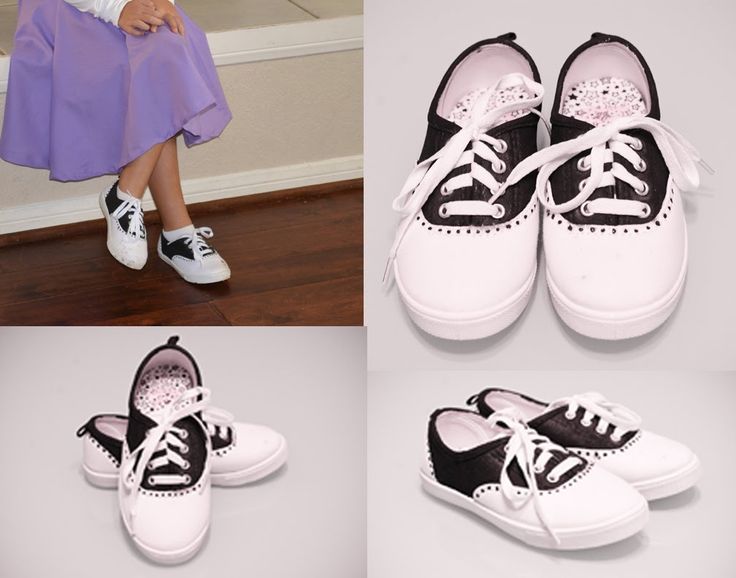 00
00
MILDRED - Hand-crafted swing shoes Dance France
Dress First Flats Dance Shoes Women Low Heel Genuine Leather Pumps T-Strap Latin Ballroom Salsa Shoes1
$190.02
Women Swing Dance Shoes Women’s Oxfords brown & beige leather handmade by Harlem Shoes
Smooth Boots in Black Leather | Women Swing Dance Shoes | Vintage Shoes | Customized | Harlem Shoes
Adult Broadway Jazz Over-the-Ankle Canvas Jazz BootT7502
$215.35
Women Swing Dance Shoes Harlem Boots beige leather handmade by Harlem Shoes
$190.02
Women Swing Dance Shoes Muse gold leather handmade by Harlem Shoes
$136.00
Ladies Regency Ankle Boots
Joocare Women Cross Strap Latin Ballroom Black Character Dance Shoes Ladies Modern Tango Salsa Party Dress Pump
Stick-on suede soles for high-heeled shoes with industrial-strength adhesive backing. Resole old dance shoes or convert your favorite heels to perfect dance shoes [SUEDE-LA-r02]
$122.00
Ladies Regency Slippers
$146.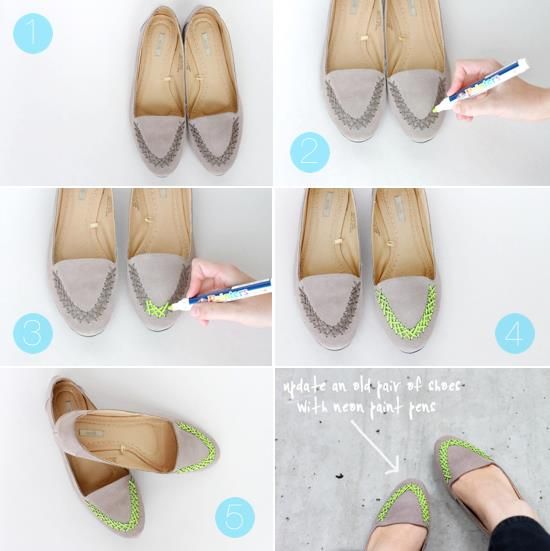 00
00
Swing Dance Skirt | Lindy Hop Dancers Colorful Illustration Skater Skirt
Have a question? Comment below or contact me via email.
We are Debbie and Oscar, your guides to dressing up like decades past. We are here to help you find clothing online and learn about vintage fashions as worn by everyday people, just like you. Need help with your outfit? Ask us anytime.
Having gotten into swing dancing, the subject of dancing shoes has come more to my attention. I used to just use regular shoes, although I was aware some people put duct tape on the bottom of their shoes to make them turn easier. I always thought that was messy, and never tried it. But at some of the fancier swing dance venues, I noticed a lot of people had these fancy and conspicuous Aris Allen dancing shoes. I looked into it a bit, and realized one of the things that makes the shoes special is that they have leather soles, which allow them to slide more easily, especially when turning. I never contemplated buying such a showy pair of shoes for myself, but I did start to think a bit more about proper dance footwear. Not long afterwards, visiting my parents, my mom was trying to find a taker for an old pair of sneakers a tourist had left behind. I found they fit me rather comfortably, which is slightly unusual for me. But then looked at the bottoms of them and found that half the rubber sole from one of the shoes was missing. They were of the basic style of sneakers with a layer of foam right above a relatively low profile rubber sole, and the front half of the sole was missing from one of the shoes. This gave me an idea - with a pair of shoes that fits, and nothing to lose, I could try to replace the missing sole with a piece of leather and make my own low-traction dancing shoes. So I bought a cheap and ratty old suede leather jacket at a second hand store for the leather, and set out to experiment. This page describes my revised procedure, which I did to a pair of rubber soled Hush Puppies dress shoes. The shoes didn't have much of a profile to begin with, but I reduced the profile even more with a belt sander. I also beveled the edges a little bit, so once I put leather on it, I'd be less likely to catch the edge of the leather on some edge on the floor. The next step was to take a piece of leather, enough to cover the sole of the shoe, not including the heel. The pocket pieces from the jacket were just the right size for this. To seal the leather, I coated the smooth side with wax. I started by warming it with a heat gun, and rubbing wax onto it. Then heated it again to melt the wax in, and repeated a few more times until the leather became dark looking as though it was wet. Next I flipped the leather over, and warmed it up with a heat gun. Next, I squeezed a glob of hot glue on the end of a thin strip of wood (a putty knife would do too, but I didn't want to get one dirty).
I used the same approach to spread a thin layer of glue onto the rubber soles, although I didn't need nearly as much, because the rubber didn't absorb the glue. This way I could be sure that glue covers every part of the sole. That and the sanding makes for better good adhesion - rubber isn't the best surface to glue things to. Next, I reheated the leather, and the sole of the shoe so that both were nice and sticky, but not hot enough to burn my fingers. I then squeezed the shoe into the hot leather. While everything was still hot, I stroked the leather onto the sole, stroking from the middle towards the edges to pull the leather outward a little and so stretch it a little bit.
With the shoe still warm, I pulled the leather from the edges a bit. The leather looks better on the sole if it is stretched just a little bit. Be careful not to let the glue on the leather stick to other parts of the shoe as you do this.
Next, I let the shoes get cold. It was winter, so I put them outside. putting them in a fridge might be a good idea. This makes the glue much firmer, and allows for it to be nicely trimmed with an exacto knife around the edge of the sole. Once its done, it was done, it looked quite presentable - as though it was actually meant to be that way. I found that adding a bit of wax afterwards can help, because with all the heating, the wax had soaked further into the leather. Because its hot glue, if you find that any part did not ideally stick, those parts can easily be reworked just by heating it with a heat gun. I have read about people doing the same thing with Shoe Gooo. Shoe goo will probably give you better adhesion to rubber, but it cannot be reworked, whereas hot glue just needs to be heated up again. Even with waxing, the sole of the shoe is still suede leather, with is rather soft - too soft to use on rough concrete. It can also get bits of sand wedged into it, so best not to put them on until inside the dance hall, and to brush the dirt off them once in a while. But it does make for a nice cheap pair of dancing shoes. And on top of that it can be done with any style of shoes, even a comfortable old pair of sneakers. One word of caution - just after doing them up and waxing the sole, the sole gets very smooth initially, and rather slippery on carpet. but that goes away after a while. You may not want to put leather on the heels of your shoes, or you may find yourself loosing traction unexpectedly.
After six months of use once or twice a week, I found the first pair of sneakers that I did up still in good shape. Of course, I don't expect the leather to last forever, but when it does go, I just have to reheat it to soften the glue, pull the leather off, and put on a fresh piece. I'm pretty sure hot glue is the ideal glue for this sort of application, because it stays flexible, and can be reworked. In fact, removing parts of the original rubber soles from the sneakers, I found that the glue that held the soles on original behaved and looked suspiciously like hot glue! Another good article about getting cheap dance shoes on www.ballroomdances.org To my Home page or my Woodworking page |
Ballet shoes – even a novice master can sew them on their own
Soft, comfortable, beautiful shoes are a dream of any girl. A striking example of such shoes are ballet flats. They are in demand among young people and the older generation. They can be used as dance, home, work, sports, walking shoes.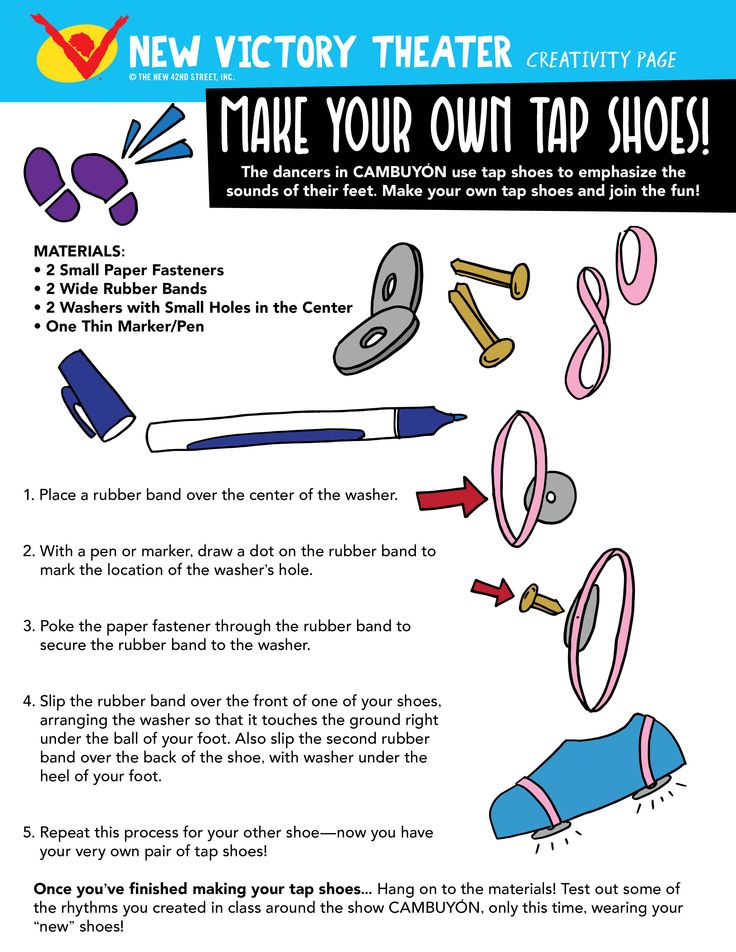 But the most interesting thing is that you can sew ballet flats yourself. To do this, you need to prepare consumables and have about three hours of free time. 9Ol000
But the most interesting thing is that you can sew ballet flats yourself. To do this, you need to prepare consumables and have about three hours of free time. 9Ol000
Choice of materials
Ballerinas can be made from almost any material, including leather, suede, corduroy, textile, velvet, plush, wool and more. The choice should be made taking into account the purpose of their use. Soft, comfortable indoor ballet slippers will become your favorite if they are made of plush, cozy knitwear, faux fur, velvet or corduroy. For the street, leather, leatherette, suede, nubuck, artificial patent leather are suitable.
Plush VelorKnitted with fur inside Leather SuedeTop
If the main goal is dance shoes, then the requirements for the material are unambiguous. It must meet the following criteria:
- softness;
- strength;
- provision of air exchange;
- hygiene.
In addition, the material must not be treated with chemicals that are irritating in contact with the skin.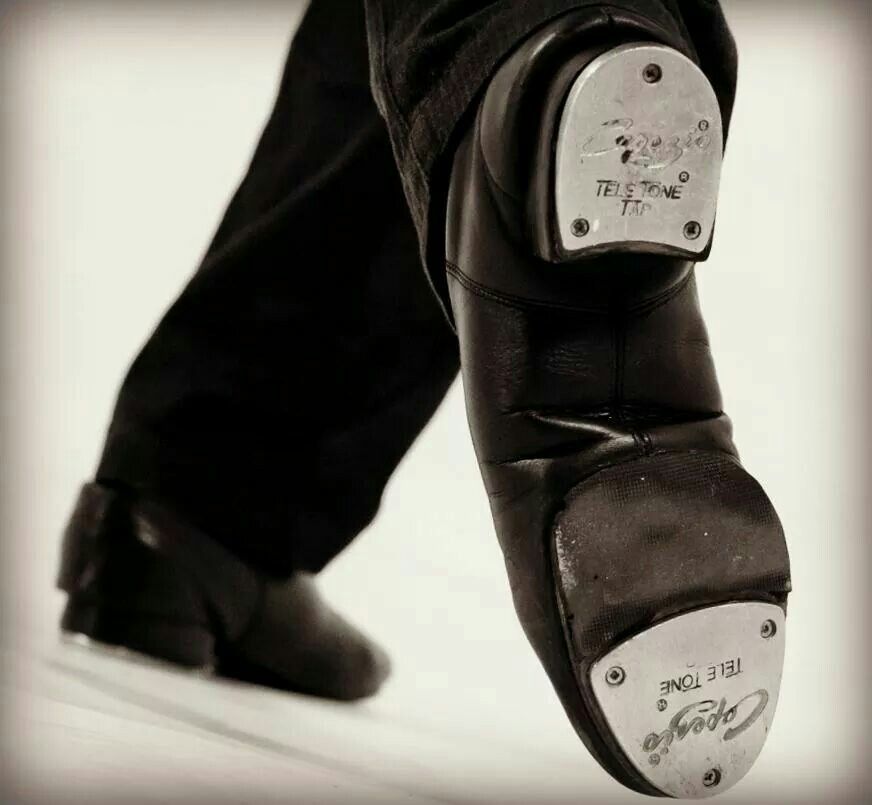 The most suitable raw material for this is genuine leather or its perforated version. Dance ballerinas become more functional if they have a thin cotton lining. Their durability is provided by an inner insole, which must be both practical and hygienic. Since the foot is in contact with the insole and the inner part of the ballet shoes - the lining, they are subject to special requirements. They cannot be sewn from synthetic textiles, since it is practically airtight. Hence - chafing, the unpleasant smell of sweaty feet, diaper rash between the fingers.
The most suitable raw material for this is genuine leather or its perforated version. Dance ballerinas become more functional if they have a thin cotton lining. Their durability is provided by an inner insole, which must be both practical and hygienic. Since the foot is in contact with the insole and the inner part of the ballet shoes - the lining, they are subject to special requirements. They cannot be sewn from synthetic textiles, since it is practically airtight. Hence - chafing, the unpleasant smell of sweaty feet, diaper rash between the fingers.
Genuine leatherPerforatedThin cotton liningSoft insolesThe insole must be made from a single piece of the selected raw material, without seams and relief irregularities, otherwise corns cannot be ruled out. The paint on the insole should not shed on socks, tights or stain the legs.
For the sole
The sole of ballet shoes is the main part that ensures their functionality.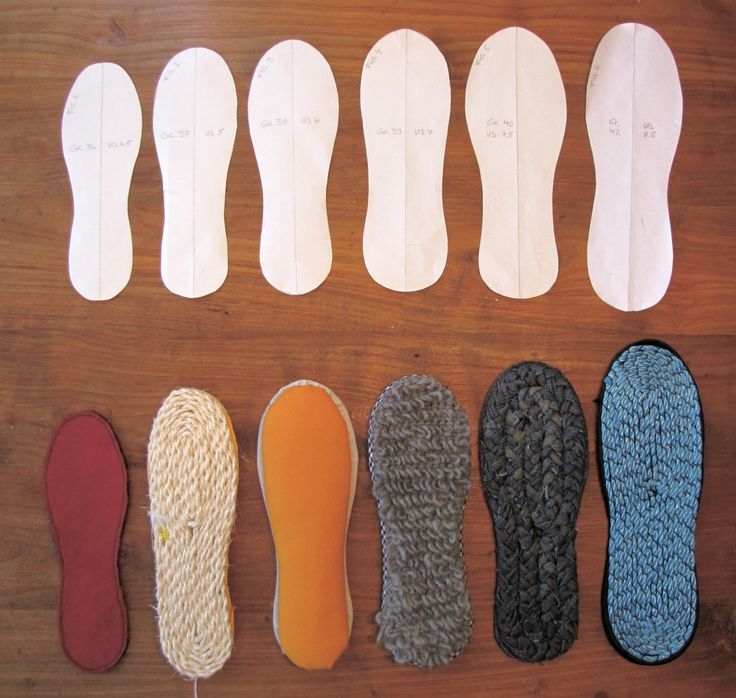 Since the foot is separated from the ground by its negligible height, performance is especially important. Dance shoes should have an outer insole (the second name of the sole) made of durable, hard natural leather that does not slip and is flexible. After all, many hours of classes in the dance hall should not bring discomfort and fatigue to the legs. Footwear should be soft, provide stability, protect against injury.
Since the foot is separated from the ground by its negligible height, performance is especially important. Dance shoes should have an outer insole (the second name of the sole) made of durable, hard natural leather that does not slip and is flexible. After all, many hours of classes in the dance hall should not bring discomfort and fatigue to the legs. Footwear should be soft, provide stability, protect against injury.
Genuine leatherFeltImitation leatherFelt, leatherette, artificial suede, thick knitwear, planted on cardboard can be put into slippers as an outer insole. Sometimes the inner and outer soles of slippers are similar.
Accessories, threads and tools
Before sewing ballerinas with your own hands, you need to prepare tools, a complete set of materials and accessories. For work you will need:
- scissors;
- pencil and cardboard;
- needle and thread;
- outdoor adhesive.
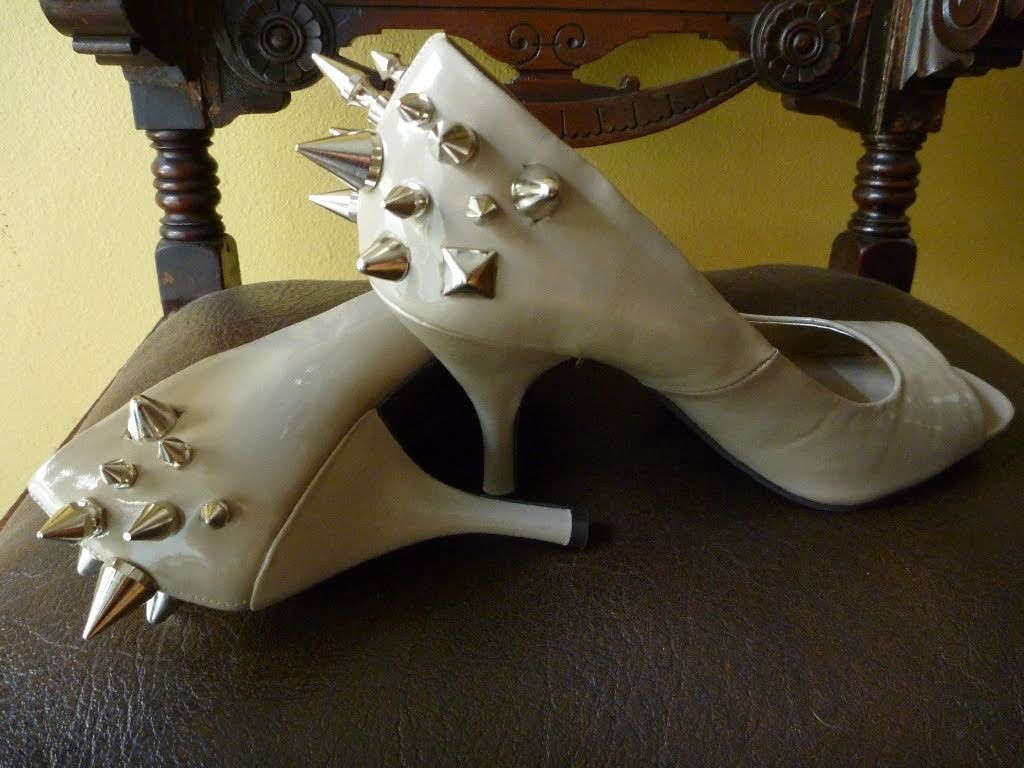
Sew separate parts of the pattern of ballet flats with strong threads, preferably cotton No. 20. If the selected model has stitching, embroidery, decorative seams, you will need silk threads. They are also useful for sewing on decorative elements, for example, beads, bows, beads.
Cotton threads No. 20Silk threadsFor decorationHow to determine the size of the product
To make the patterns accurate, you should take off your shoes, stand confidently on a sheet of cardboard and trace the outline of your leg with a pencil. Having cut out the pattern around the perimeter, you can safely use it for cutting ballet flats. The second option is a way to "disassemble" the existing shoes into their component parts. Having separated the sides, the sole can be used as a pattern.
It is very important that the length of the foot (from the top of the longest toe to the middle of the heel line) and the width (the widest point in the area of the toe joints) are maintained.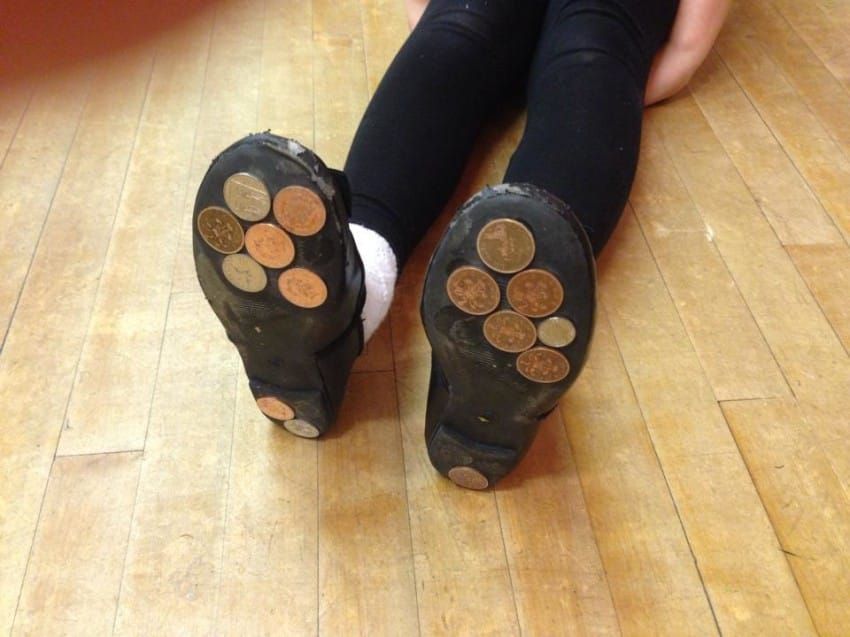 Particularly accurate matching is required in dance shoes, since every extra centimeter is a risk of catching on the floor and falling. Models of indoor slippers do not need such a clear correspondence. In these cases, on the contrary, you can add 0.5–1 cm for a free fit.
Particularly accurate matching is required in dance shoes, since every extra centimeter is a risk of catching on the floor and falling. Models of indoor slippers do not need such a clear correspondence. In these cases, on the contrary, you can add 0.5–1 cm for a free fit.
Workshop on making
Workshops on sewing dance ballet shoes and slippers are similar to each other, but have a number of features. Experienced craftsmen recommend trying their hand at making a model for the home. This will help you avoid mistakes in the future.
Slippers
You will need fabrics for the top (velsoft), soles (taffeta), lining (fleece), interlining (to seal the soles), elastic, scissors, iron. The first step is to build a pattern for which cardboard is used. Cut out 2 halves of the outer side, 2 of the inner side, 2 soles and 2 inner insoles. Shifting paper patterns to the fabric, at the front end they combine the outer and inner halves, cut them out in one piece.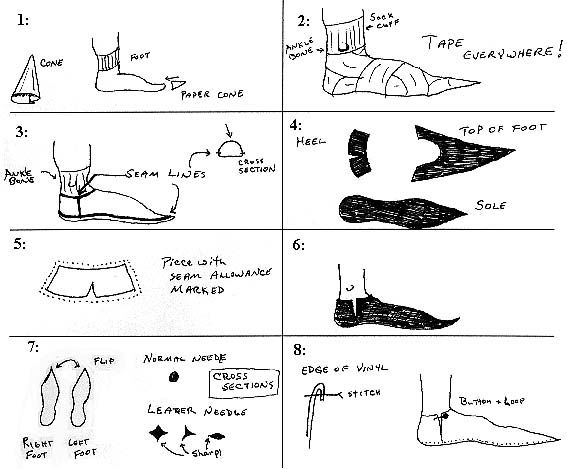 This is necessary in order to get away from the need to make a front seam. If there is not enough fabric for such a one-piece part, you can cut both halves separately and sew in front with a butt seam.
This is necessary in order to get away from the need to make a front seam. If there is not enough fabric for such a one-piece part, you can cut both halves separately and sew in front with a butt seam.
The second stage is the preparation of the outsole. Using an iron, we glue it with interlining for strength. When it is ready, we sew the whole product. To do this, we connect the outer and outer patterns of the top, sew with the back and front seams (if the top is made with a one-piece piece, we sew only at the back). Then we sew the top round around the perimeter of the sole. Seam allowances should be kept to a minimum as they can create unnecessary friction on the legs. We turn the sewn parts inside out. The upper part of the slippers is ready.
We do the same procedure with fleece (for sewing the lining). Turn inside out only the outer part to hide the seams inside the product. The lining part remains with the seams outward so that they are invisible inside the slipper.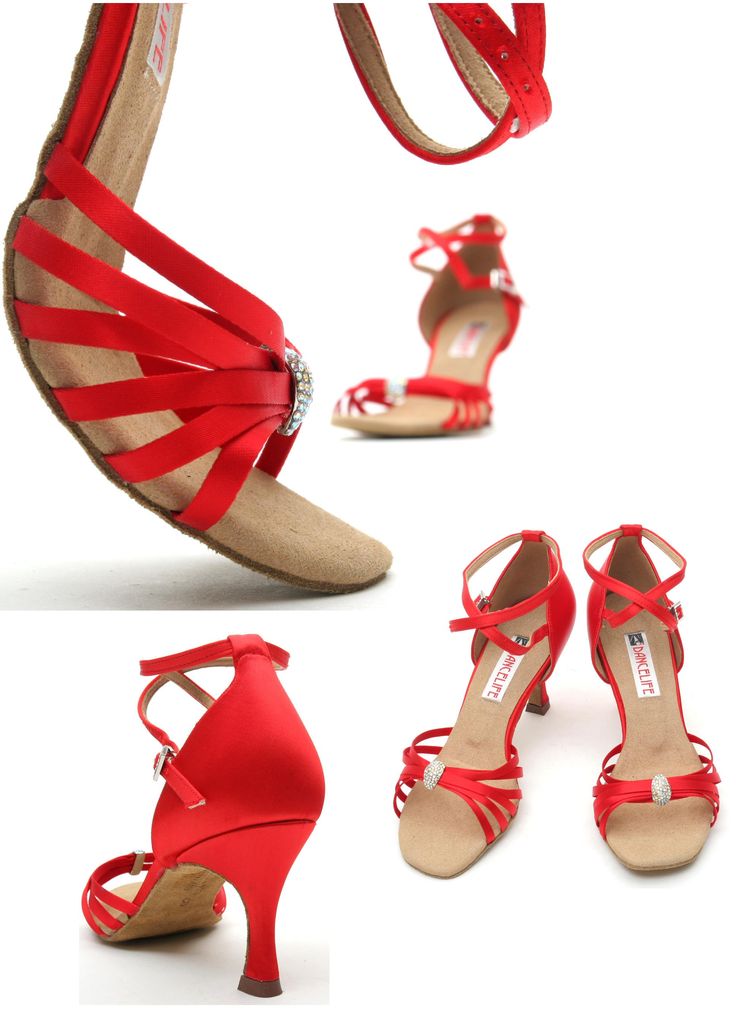
We sew the outer and inner parts together. From above we sew a strip 0.5 cm wide, the so-called drawstring for threading elastic. It will ensure the snug fit of the slipper to the foot.
Pattern Finished parts for one slipper Fold the top and outside part evenly with the seal Fold the sides of the heel facing each other and sew together Carefully, under the very seam, cut off the excess seal Process the seam with a zigzag Turn the part inside out with the fabric and chop it with pins with a seal Now fold the leather sole with a seal Baste the details of the top and sole Sour cream product Stitch along the basting and remove it Cut the filler around the entire perimeter, overcast the edges Do the same manipulations with the lining Result Stitch, leaving a hole for eversion. Unscrew as shown by arrows. Remove the basting, cut out the filler, finish the edge Turn inside out, lay a decorative stitch along the last seam to cover the turning hole
Ballerinas for dancing
Knowing how to sew ballet shoes for home, you can easily cope with models for dancing. They call them Czechs. More often they are single-layer, but the fabric needs a dense and practical. Made from light-colored material, they will need to be washed or cleaned. Therefore, the fabric should not shed, “sit down”, fray.
They call them Czechs. More often they are single-layer, but the fabric needs a dense and practical. Made from light-colored material, they will need to be washed or cleaned. Therefore, the fabric should not shed, “sit down”, fray.
The principle of tailoring dance slippers is different. Patterns consist of a front piece (from the side bone to the tip of the toes) and a back piece covering the rest of the leg through the heel. On the front, a recess for the elastic is pre-cut.
The resulting parts are connected together and turned inside out. Sometimes the seams are left outside so as not to rub the legs. If the elastic is not sewn on top, the fabric is folded along the upper edge of the slipper and stitched so that a lace or rubber band can be inserted.
For these Czechs, a checkered suit fabric was chosen, thick suede for soles. Mark the middle and side lines, as on the pattern. Pin the pattern along the fold line of the fabric Circle, make allowances (mark important points) Chop off the sole and upper part of the mark to the mark Baste the top with the sole Leave the part without a basting at the back First you need to connect the upper part and sew Then sew to the sole, unfolding the seam.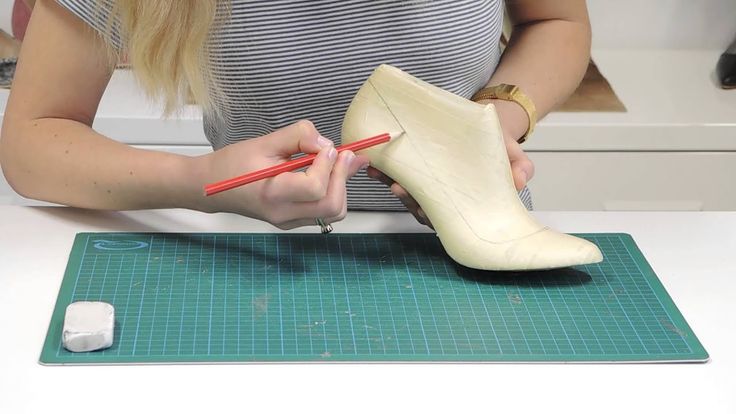 And sew it all on a typewriter. You need a small hole Stitch Use a linen elastic band Insert an elastic band, sew up a hole for it Done
And sew it all on a typewriter. You need a small hole Stitch Use a linen elastic band Insert an elastic band, sew up a hole for it Done Decor options
Ballerinas can be embellished to make them look more attractive. Dance slippers do not need this, and home shoes will only benefit from beads, rhinestones, sequins, buttons, ribbon bows, thread tassels. Decorations can be made with your own hands or cut from unnecessary things. Neat small applications, flowers made of beads or threads, voluminous figures of bugs, butterflies, decorative buttons, small zippers cut from an old bright dress or blouse will come in handy. Decor elements can be arranged in any order or made symmetrical on both sides.
If you really want to decorate your dance shoes, you can insert colored elastic or make decorative seams around the perimeter.
Handmade ballerinas are not only perfect in size, because they are sewn for a particular person, but also carry a positive energy load. They seem to warm the soul with warmth in any weather and in any place. The owner of the original shoes will definitely not be left without the attention of others.
They seem to warm the soul with warmth in any weather and in any place. The owner of the original shoes will definitely not be left without the attention of others.
Video
Features of ballroom dance shoes
Features of ballroom dance shoes
For a professional dancer, shoes are the main element of the costume. If the shoes are chosen correctly, then the dancer can safely move around the stage without fear of injury.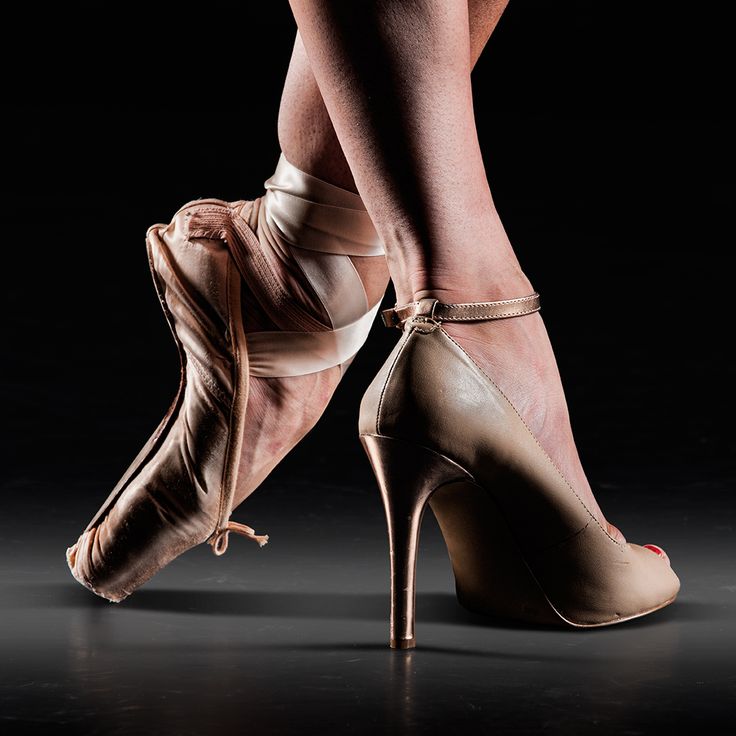 Comfortable shoes give the dancer the opportunity to work out every movement, bringing the performance to perfection.
Comfortable shoes give the dancer the opportunity to work out every movement, bringing the performance to perfection.
In the online store "Komilfo" you can buy high-quality shoes for ballroom dancing inexpensively wholesale or retail. But at the same time, it is important not to save money and choose professional ballroom dancing shoes, as they have a number of specific features.
Features of dance shoes
Ballroom dance shoes for adults and children must meet the following criteria:
1. Good grip on the floor.
To ensure a tight grip with the floor, the sole of dance shoes can only be made of genuine leather (split leather). This sole looks like suede, it does not slip. The dancer in such shoes feels the floor surface well. If the sole is made of plastic, then the foot will slip, and the rubber sole will interfere with many dance elements or rotations.
2. Features of the arch support.
The arch support is an element built into the sole.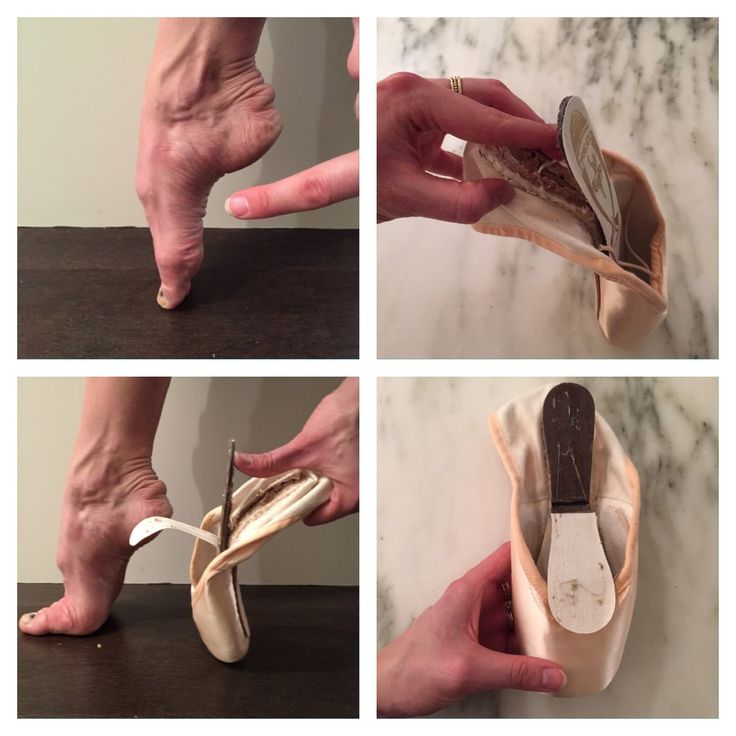 Its function is to support the shape of the foot.
Its function is to support the shape of the foot.
If in simple shoes the length of the arch support reaches the middle of the foot, then in dance shoes this element has its own distinctive features for each type of dance:
3. Matching the lift of the dancer.
The artist's foot must feel the insole throughout its entire length. Therefore, shoes for ballroom dancing need to be chosen according to the length of the artist's foot.
4. Features of the heel.
The heel of the ballroom dance shoes is hydraulically screwed firmly.
The height and shape of the heel depends on the direction of the dance program. For Latin American incendiary dances, where there is a large load on the toe, thin high heels are often used.
For beginner dancers, it is recommended to buy a heel no higher than 5 cm. This will make it possible to maintain a stable balance during the movements.
This will make it possible to maintain a stable balance during the movements.
Criteria for choosing dance shoes
When buying a suitable pair of shoes for dancing, you need to follow a few simple rules:
Choice of material
The manufacturer usually uses strong natural fabrics for dance shoes. It can be natural and artificial leather or satin.
Satin shoes look more beautiful, bright and attractive. But keep in mind that satin gets dirty quickly and is very difficult to clean from stains, dust and dirt.
Men's leather shoes are more practical and easy to clean. The most practical are shoes made of genuine leather, which are moderately stretched when worn, the foot breathes in them, and their treatment with shoe cream returns them to their original appearance.
Color details
Many ladies who compete try to choose flesh-colored shoes that can hide the flaws made during the execution of movements.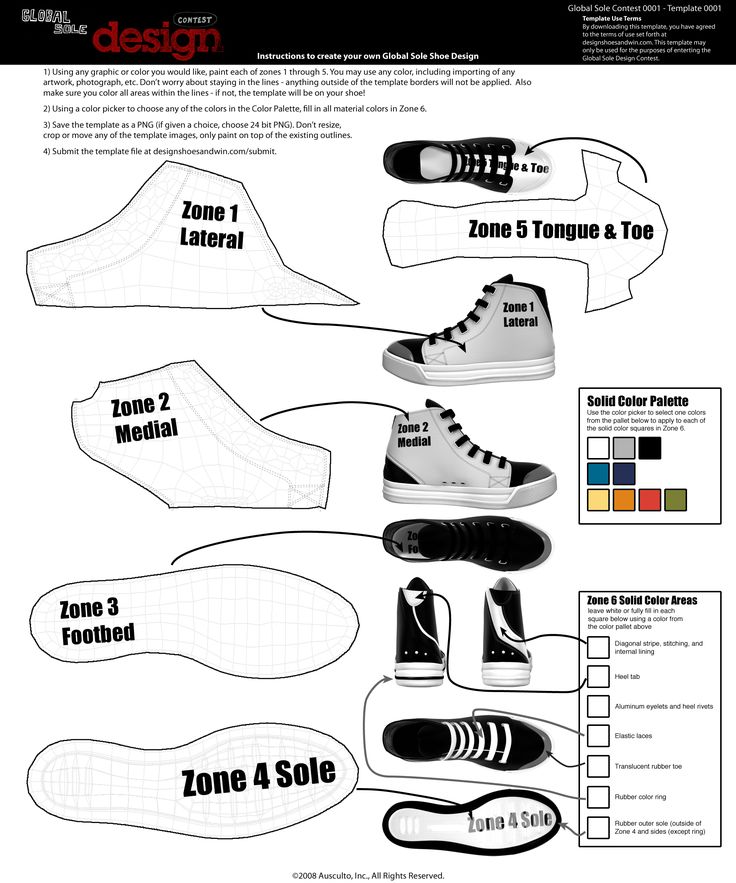
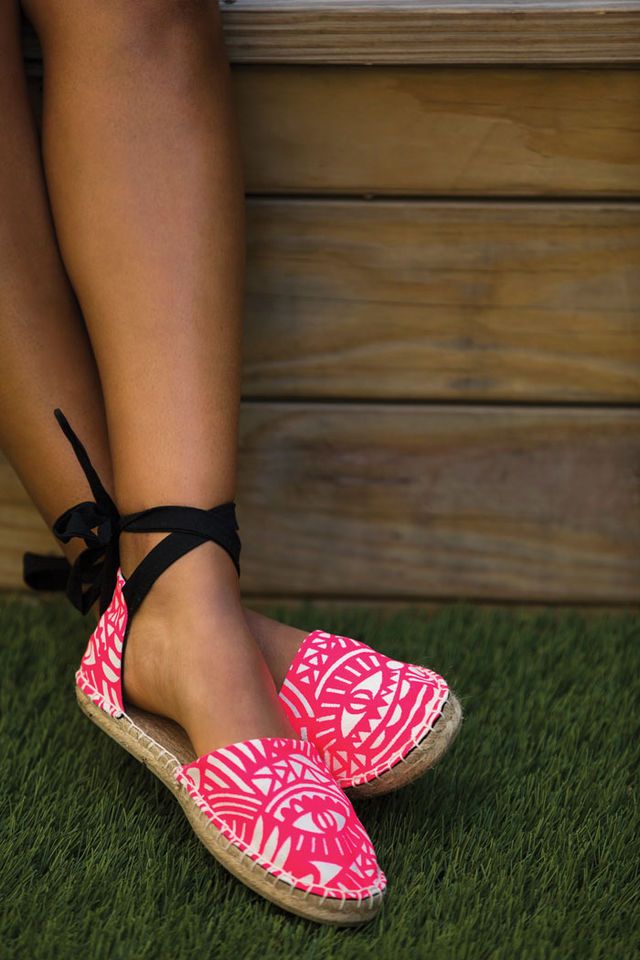 Of course, you can get fancy dress shoes that have leather soles already, but I had these lying around and hadn't used them in 10 years.
Of course, you can get fancy dress shoes that have leather soles already, but I had these lying around and hadn't used them in 10 years.  I smeared the glue onto the fuzzy side of the leather, much like you would spread honey on a piece of toast. Had to repeat it a few times to get it to stick to the leather nice. The goal was to make it look soaking wet with glue. I used most of a glue stick for this purpose..
I smeared the glue onto the fuzzy side of the leather, much like you would spread honey on a piece of toast. Had to repeat it a few times to get it to stick to the leather nice. The goal was to make it look soaking wet with glue. I used most of a glue stick for this purpose.. 
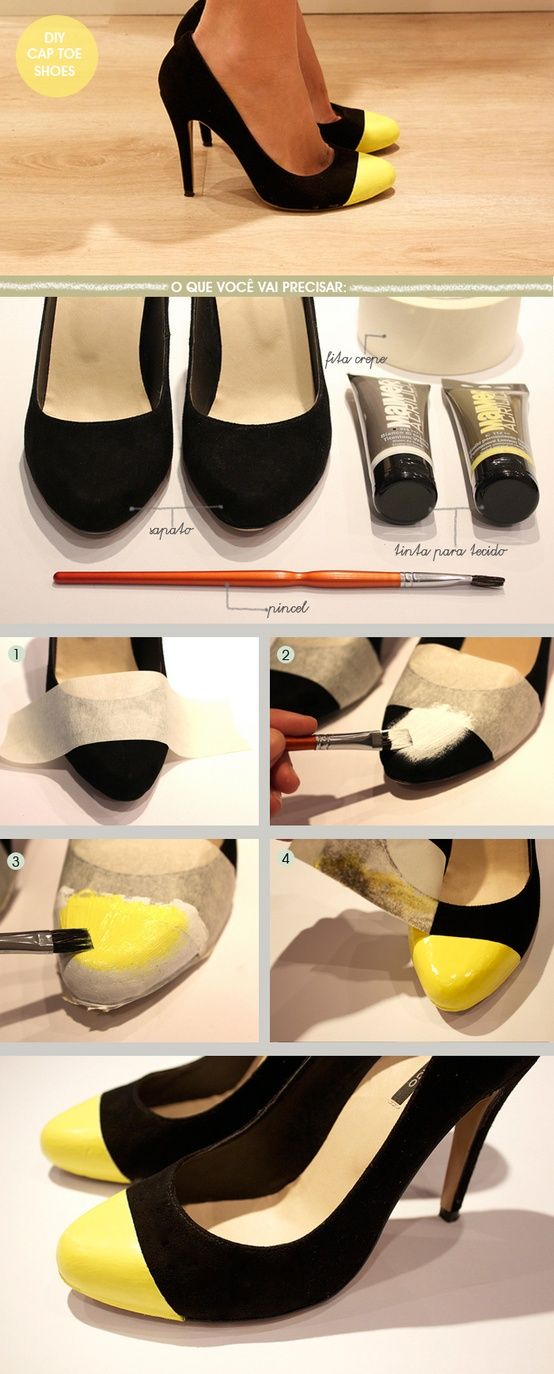
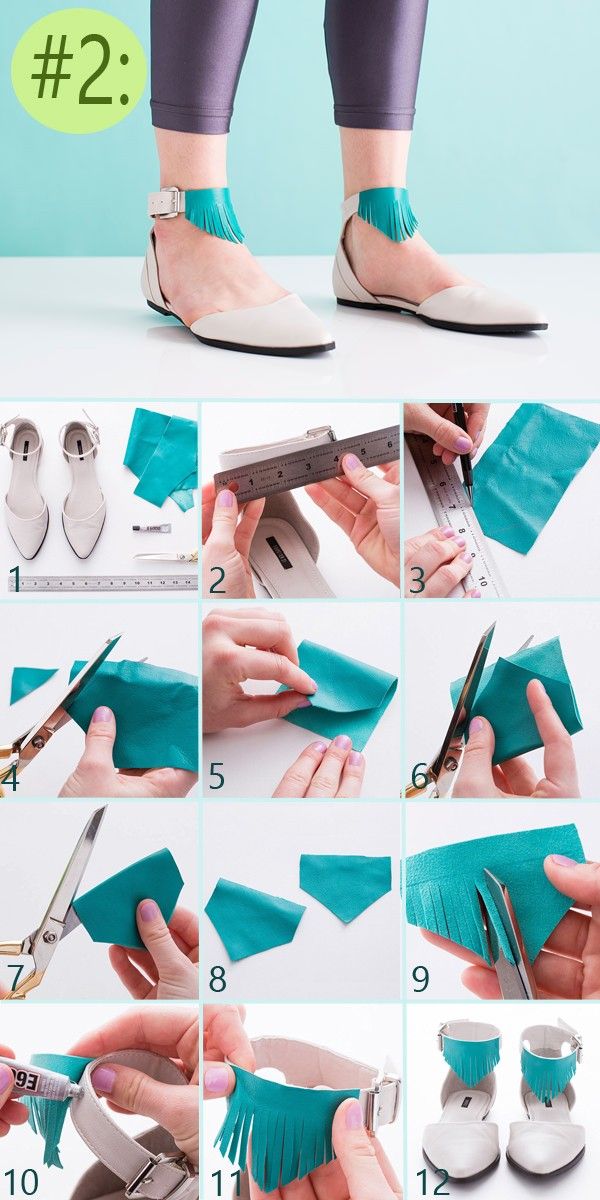 Ideally, the leather would be thicker than that used for a leather jacket, but a leather jacket was the most expedient source I found. Firmer leather, like that from a leather purse or other apparel would no doubt be better.
Ideally, the leather would be thicker than that used for a leather jacket, but a leather jacket was the most expedient source I found. Firmer leather, like that from a leather purse or other apparel would no doubt be better. 